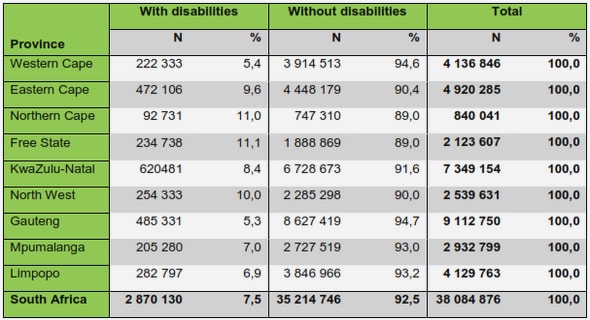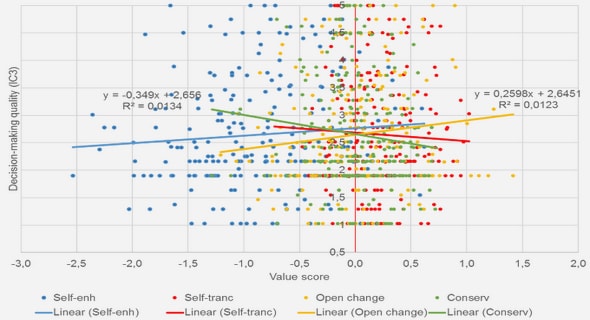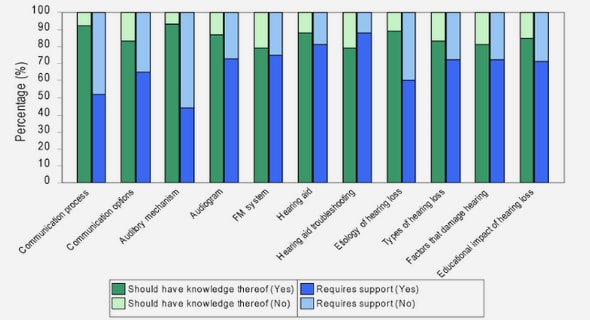Get Complete Project Material File(s) Now! »
Genetic engineering of banana
Genetic transformation has been used to introgress important agronomic traits in a number of monocotyledonous crops (Cheng et al., 2004). In banana, this strategy has a potential for traits lacking in the Musa germplasm and for seed sterile cultivars (Crouch et al., 1998) and the potential has been demonstrated for resistance against bacterial wilt (Tripathi et al., 2010). However, employing the technique is limited by the complex gene interaction that influences quantitative traits (Crouch et al., 1998).
Gene transfer approaches and explants that have been used in banana include electroporation of protoplasts (Sagi et al., 1994), particle bombardment of embryogenic cells (Sagi et al., 1995; Becker et al., 2001) and cocultivation of Agrobacterium tumefaciens with embryogenic cells (Ganapathi et al., 2001; Khanna et al., 2004; Talengera et al., 2010; Tripathi et al., 2010). Agrobacterium has also been used on wounded corm discs (May et al., 1995; Tripathi et al., 2008). Of the gene delivery systems, Agrobacterium is prominent for its simplicity and delivery of intact transgenes and low copy numbers and low incidences of transgene silencing (Dai et al., 2001; Hu et al., 2003; Veluthambi et al., 2003). In banana, Agrobacterium is reported to give higher transformation frequencies and lower number of integration sites compared to particle bombardment (Arinaitwe, 2008).
The use of corm discs as transformation explants can give results in a shorter time when compared to embryogenic cells (Tripathi et al., 2008), but it carries the risk of generating chimeric transgenics (Khalil et al., 2002; Jain, 2011). Strosse et al. (2004) noted that plants regenerated from embryogenic cell suspension (ECS) are from single cells. However, generating banana ECS is a relatively long process and is highly genotype and cultivar dependent (Strosse et al., 2003 and 2004).
CHAPTER ONE: INTRODUCTION
1.1 The banana plant
1.2 Banana breeding
1.2.1 Conventional breeding
1.2.2 Genetic engineering of banana
1.2.3 Factors influencing transgene expression
1.3 Banana growth and development
1.3.1 Banana leaf and root growth and productivity
1.3.2 Biotechnology and banana plant architecture
1.4 Plant cell cycle
1.4.1 Classification of cyclins
1.4.2 Regulation of cyclins
1.4.3 Role of the cell cycle in plant development
1.4.4 Cyclin expression studies
1.5 Working hypothesis and objectives
CHAPTER TWO: ISOLATION OF A BANANA CYCLIN D2;1 GENE HOMOLOG
2.1 Introduction
2.2 Materials and Methods
2.2.1 RNA isolation
2.2.2 cDNA synthesis
2.2.3 PCR reactions and purification
2.2.4 Degenerated primer design
2.2.5 Genome walking
2.2.6 Preparation of restriction enzyme-digested genomic DNA
2.2.7 DNA cloning
2.2.8 DNA sequencing
2.2.9 Isolation of cyclin sequences
2.2.10 Bioinformatics
2.3 Results
2.3.1 Cyclin isolation
2.3.2 Molecular characterization of the coding sequence
2.3.3 Molecular characterization of the genomic sequence
2.4 Discussion
CHAPTER THREE: DESIGNING CYCLIN GENE CONSTRUCTS AND TRANSFORMATION OF BANANA
3.1 Introduction
3.2 Materials and Methods
3.2.1 Construction of transformation vector
3.2.2 Transformation of Agrobacterium
3.2.3 Transformation of banana cells
3.2.4 Molecular analysis of regenerated banana
3.3 Result
3.3.1 Gene construct
3.3.2 Plant transformation, selection and regeneration
3.3.3 Confirmation of transgene insertion
3.4 Discussion
CHAPTER FOUR: TRANSCRIPTION ANALYSIS OF CYLIN TRANSGENES
4.1 Introduction
4.2 Materials and Methods
4.2.1 RNA isolation and cDNA synthesis
4.2.2 Semi-quantitative PCR
4.2.3 Quantitative real-time PCR (qRT-PCR)
4.2.4 Primer design
4.3 Results
4.3.1 Musac;CyclinD2;1 gene expression profiling
4.3.2 Integrity of Arath;CyclinD2;1 transcripts
4.3.3 Gene expression analysis


